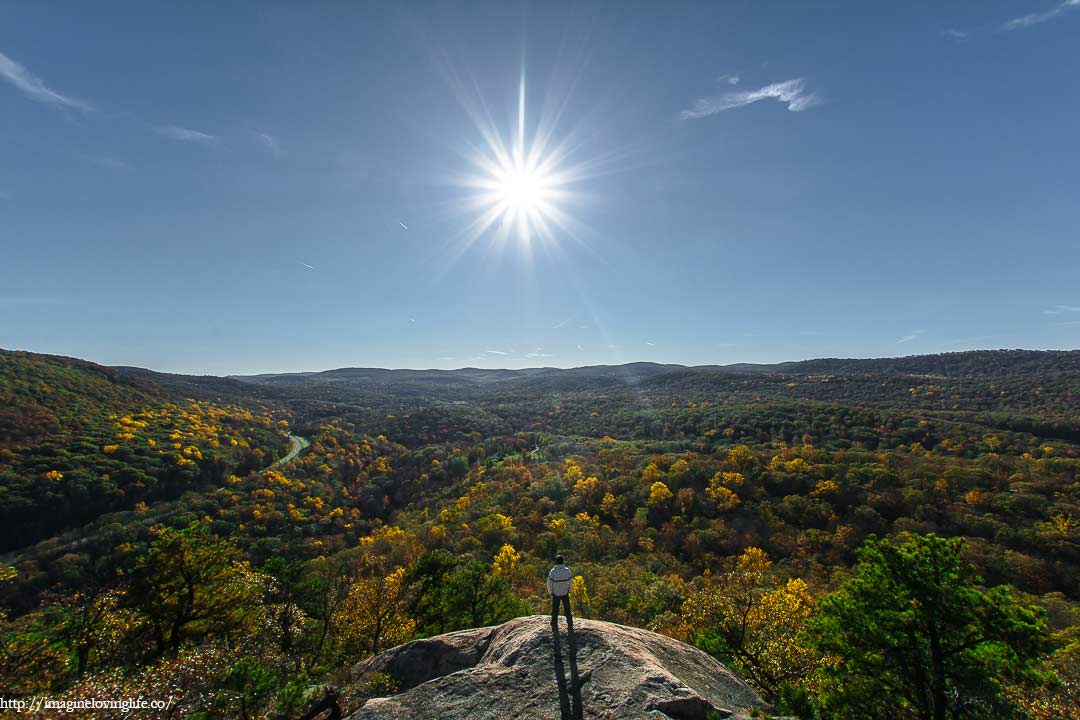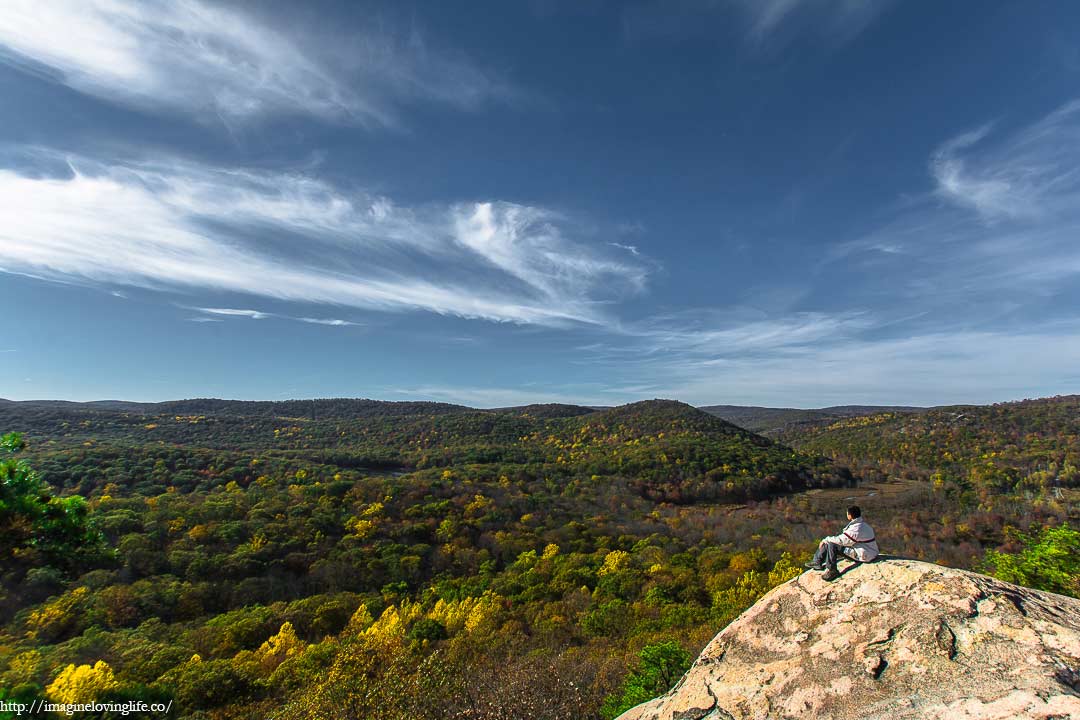
Figuring out the axe that you should get for camping purposes can be tough. There are a lot of axes to choose from with various designs, handles, materials, and construction. It is better to understand the types of axes out there to figure out which axe is best for you. You also have to consider if you are going to be car camping or backpacking. If you are going to be backpacking, there is a big possibility that you will hike for a lot of miles. You need consider more features if you are going to be backpacking.
Types Of Head Shapes Found In Axes
Chopping Or Cutting
Cutting axes have a thin blade or head. The thin blade takes advantage of the force generated by the user and cuts through the wood rather easily. These axes are great for felling trees, cutting logs, cutting firewood, building a log cabin, cutting deeply, cutting through tough barks and so on. These axes are easy to swing, very powerful and very flexible. The normal length would be around 32 inches and weigh about 3 pounds. This is the typical axe you would use to fell trees. Chopping axes movement are often horizontal. The axe that you use to take down a tree.
Splitting
Splitting axes have a wider and bigger head. These axes are used to split wood by forcing wood fibers apart along the grain. Since the splitting axe has a fatter head than the cutting axe, it is less likely to get stuck. This type of axe is a lot heavier though. You will often need two hands to make use of this axe. It will often be twice as a heavy compared to an ordinary axe. This axe is ideal for cutting logs, wood, and firewood. There are a few good splitting axes for car camping. But generally, these axes are way too long and way too heavy for backpacking. For car camping, these axes can work well but for backpacking, I suggest getting a hatchet. The movement of the splitting axe is vertical. It strikes down the log and splits it apart from a vertical angle.
Types Of Axes For Camping
Felling Axes
Felling axes are generally used for felling trees. They have a long handle around 32 inches. They usually weigh around 3 pounds or more. These axes can have a double blade head as well for versatility. These axes come with a 32″ long handle which means that they were designed to be used with two hands. You have to do a long back swing in order to generate a lot of kinetic energy for maximum impact and effort. This is the type of axe you will see firefighters use.
Hatchets
Hatchets are smaller than axes. Hatchets can reach a length of 18 inches and are meant to be used one handed. Hatchets are very multipurpose and can be used for cutting and splitting wood. They do not generate as much force as the felling axes. The longer and heavier the axe, the more power it will have. Since hatchets are smaller, they will not have the same power. Since hatchets are smaller, we can use these types of axes when we are going backpacking. They are compact and easy enough to carry. They are good at cutting firewood, small branches and the backside can also be used as a hammer.
Tomahawks
Tomahawks were invented by the Algonquians to be used as weapons but then used the item for everyday purposes. The tomahawk is a multipurpose tool and has a length of about 24 inches. This can be used as a weapon for protection or a tool to split wood, branches, and small limbs of a tree. Tomahawks are not the best at cutting and splitting but they are light, easy to carry, and can be used for most cutting tasks such as chopping, cutting and splitting wood.
Different Types Of Handle Material
Wood
Wood is the most traditional type of handle. It looks absolutely amazing on an axe or hatchet. Wood is very light so it does not add a lot of weight on the hatchet. It offers a good amount of shock absorption. However, wood needs to be taken cared of all the time. Not the most durable handle you can get. It will most likely break after some time has passed.
Steel
Steel handle would be the most durable that I know of. Steel does not offer a lot of shock absorption. So your hands will feel a lot of the vibration caused by the axe hitting the wood or intended target. A lot of companies and manufacturers would add some sort of no slip rubber grip into the handle of the axe if it is made out of steel to reduce the shock. If your axe has a steel handle, then I suggest getting some leather gloves to absorb the vibration as well.
Fiberglass
Fiberglass is most likely the most expensive option that you can get. Fiberglass is very durable and offers a good amount of shock absorption. Fiberglass can be more durable than steel depending on the manufacturer. This material is not as heavy as steel as well. Just like all materials, there is a good chance it will break in time as well.
Types Of Wraps Available
Axes will often have some sort of wrap around the handle. Here are different wraps you can get. Wraps come with the axe already but if the wrap breaks, you can go to a store and get one if one is available. A lot of companies offer a lifetime warranty on their axes so if yours break, just have them replace it.
Leather Wrap
Leather wraps have been known to reduce shocks and absorb vibration. Leather is also very comfortable on the hands and does not create a lot of friction. You can find leather handles in tennis, bicycles, hammers, axes and so on. Leather wraps provide comfort, grip, traction, protection from shocks as well as vibrations.
Rubber wraps
Rubber handle wraps are everywhere. They can be found in weight lifting, sports, hiking poles, tools, machinery and more. Rubber handles are very inexpensive but very effective as well. The reduce shock and vibration. They provide the user traction and grip. They feel good on the hands and provide lots of comfort. Rubber feels good to hold during the summer and during the winter.
Tape
Tape is most likely the worst wrap you can have. However, if you are camping, you may not have a choice. You can only get certain materials on a nearby store. They may not have leather wraps, or rubber wraps available for you. Tape offers a little bit of traction and shock absorption. Not a lot but everything helps. It is better than nothing.

Axe Safety Tips
1. Inspect the handle, head and all parts of the axe before using it. Make sure that nothing is loose or falling apart.
2. If you are using a hatchet or cutting axe, make sure that they are very sharp. The sharper the axe, the less work you are going to have to put in.
3. Axes should be used with two hands and hatchets should be used with one hand. In my experience, two handed axes are actually a lot safer than one handed hatchets. With a two handed big axe, when you swing it, it will land on the ground without bouncing. With the hatchet, it can bounce. If you miss your mark, your hatchet can fly in some weird direction.
4. When using an axe or hatchet, remove any hazard from your area. Remove as many small rocks as possible. Remove your backpack, foods, or any other equipment laying around.
5. Make sure that you have a safe area. In this safe area, no one should be allowed to go near it. You may end up hitting people that go near your area.
6. You must always position your body so that you are not in the direct path of your swing. This is a good idea because if you miss, you may end up chopping your own legs.
7. You must always swing in a controlled, well-balanced manner. Don’t swing wildly or in frustration.
8. You can watch youtube for more axe safety tips.
Backpacking Considerations
Weight
The weight of the item has to be considered because if you are backpacking, you are going to be carrying a lot of gear with you. The more weight that you carry, the more tired you are going to be. Obviously, if you carry too much, you are going to be way too tired. You may not even be able to reach the intended camp site. You cannot carry an axe that weigh 3-6 pounds or more. You need to settle for an axe with a weight of less than 2 pounds. There are plenty of hatchets to choose from. Besides, you are not going to be taking down trees. You will just need to cut a few branches or small twigs for your camp fire.
Dimensions Or Size
The dimensions of the axe are also very important. Ideally, I tend to strap the axe on the outside of my backpack. Putting the axe inside is not really a good idea for me since I have photography equipment. Putting an axe inside your bag is generally not a good idea either. I tend to strap the axe on the outside of my backpack so the axe cannot be very big or lengthy. If the axe is too long, it will keep bouncing and moving around. I could attach it like a trekking pole to my backpack but I don’t think a lot of bags will be able to do that. So make sure that the item that you are going to get has very good dimensions and will not interfere while you are hiking.
References:
- https://campsandtrails.com/tomahawk-vs-hatchet-vs-axe/
- https://www.gransforsbruk.com/en/axe-knowledge/using-an-axe/choosing-an-axe/
- http://survival-mastery.com/diy/weapons/types-of-axes.html
- http://www2.fiskars.com/Ideas-and-How-Tos/Gardening-and-Yard-Care/Wood-Preparing/Buying-a-Axe
- http://www.scouts.ca/scoutinglife/2017/03/axe-saw-safety/
- https://www.youtube.com/watch?v=PezjqzHqQ2c